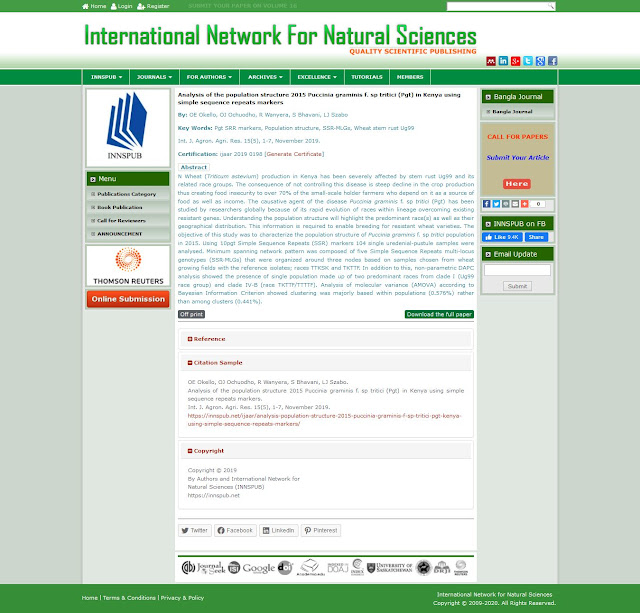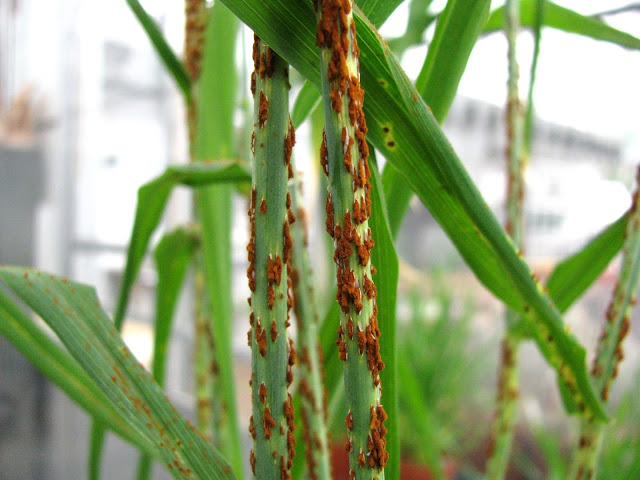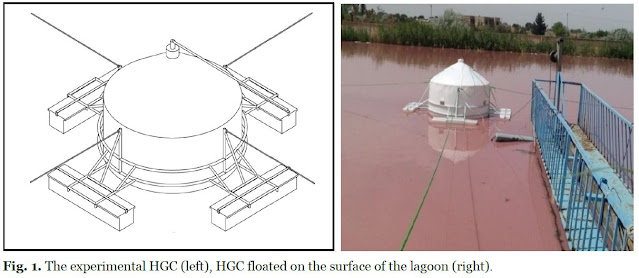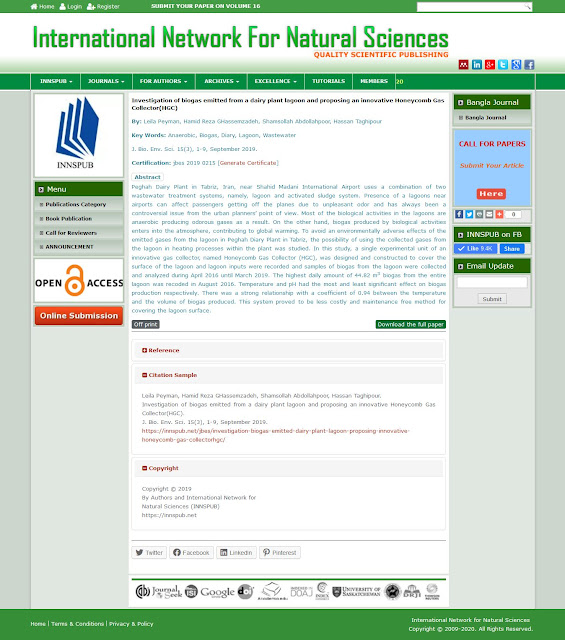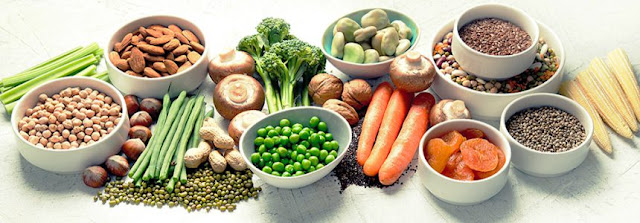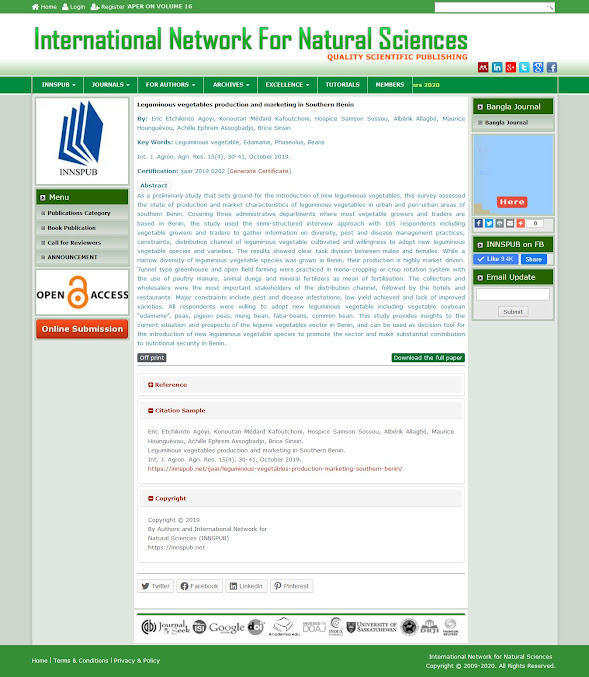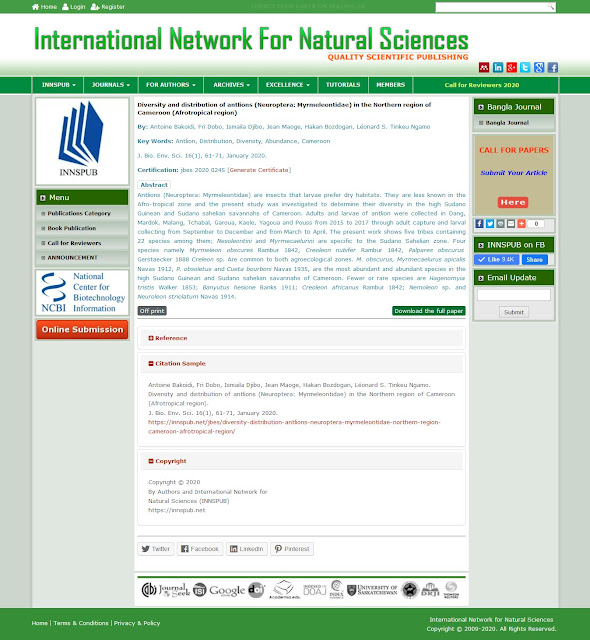By: Kouadio Kouakou Norbert, Soro Nangounon, Akadje Corinne Manuella Anet, Konan Koffi Mexmin, Diomandé Dramane
JBES welcome all respective authors to submit their research paper / manuscripts, thesis paper in the field of Environmental Sciences, Biology, Biodiversity, Species diversity, Ecology, Taxonomy and many more via online submission panel
This paper aims to reveal the seasonal variation of mollusc’s community living in Aby lagoon (Côte d’Ivoire) and abiotic variables affecting the spatial distribution of the settlement. The organisation of molluscs was recorded at thirteen (13) stations across the whole lagoon. The study was based on seasonal sampling (Long Rainy Season, Short Dry Season, Short Rainy Season and Long Dry Season) over a one year period. Each faunal sampling was coupled with in situ measurements of abiotic parameters and samples were also collected for granulometry analyses.
A total of 20 species of mollusc belonging to 7 families (Neritidae, Thiaridae, Potamididae, Corbulidae, Donacidae, Ostreidae, Tellinidae) and 2 orders (Mesogastropoda, Eulamellibranchia) were collected. Families of Nereidae and Thiaridae with respectively 7 and 6 taxa corresponding to 35% and 30% of the species richness dominated qualitatively mollusc’s communities in the lagoon. Four species included Pachymelania aurita, P. fusca, Neritina glabrata and Corbula trigona were more represented in sampling sites. Seasonal variations of abundance and diversity of molluscs were not significantly different in the lagoon. However, the temporal patterns indicated periodic changes ranging from high abundances and diversities of molluscs during the Long Rainy Season to impoverished ones in the Long Dry Season. The ordination technic used to perform a characterization of the lagoon based on the mollusc’s distribution according to abiotic parameters suggested that sediment grain-size (especially mud, very fine sand, fine and coarse sand) and salinity were the most important variables explaining the mollusc’s distribution in Aby lagoon. Get more articles by following this link Archive for | JBES |- October, 2019
Journal of Biodiversity and Environmental Sciences-JBES is an open-access scholarly research journal, published by International Network for Natural Sciences-INNSPUB. JBES published original scientific articles in different field of Environmental Sciences and Biodiversity. JBES published 2 Volume and 12 issue per calender year.
Seasonal variation of mollu... by International Network For N...





